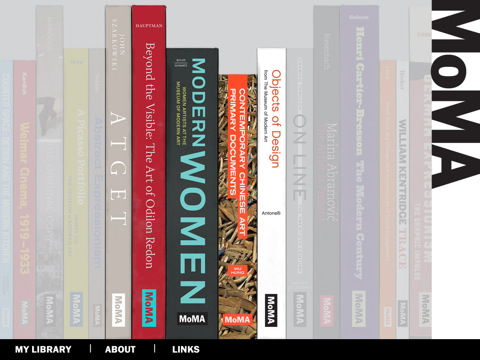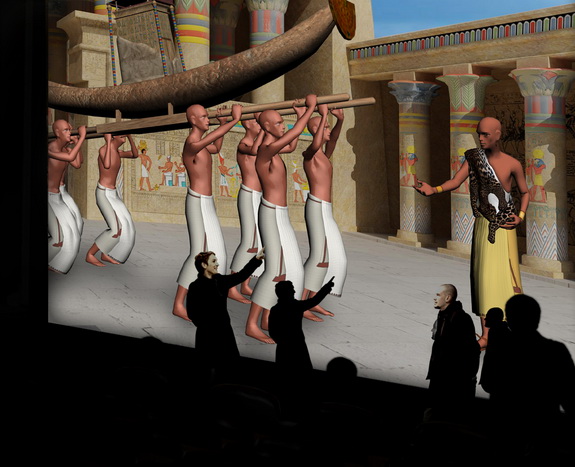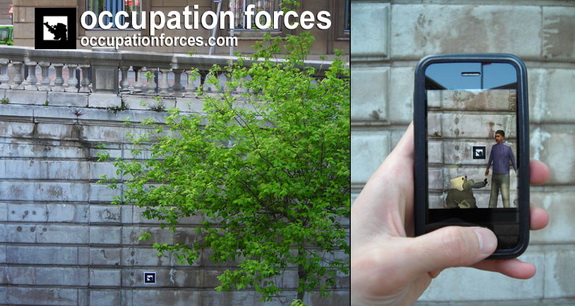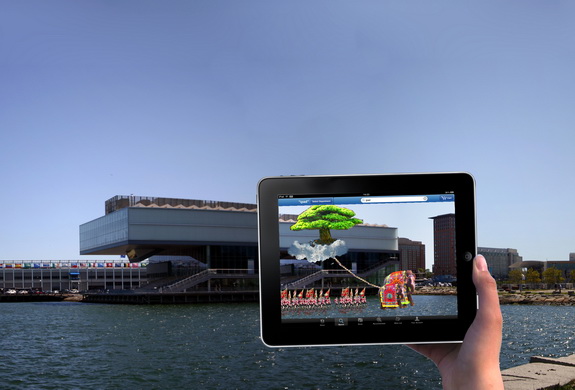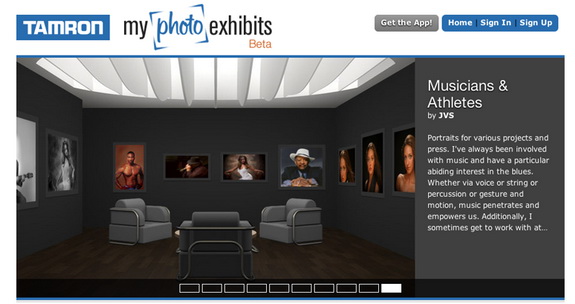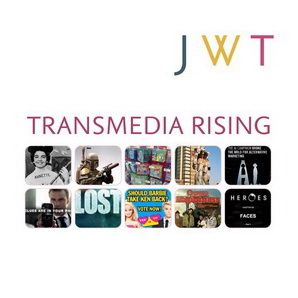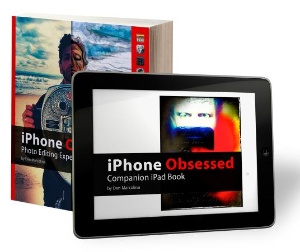 A new book by photographer/designer Dan Marcolina demonstrates the creative possibilities of both the iPhone camera and interactive books.
A new book by photographer/designer Dan Marcolina demonstrates the creative possibilities of both the iPhone camera and interactive books.
Entitled “iPhone Obsessed: Photo-Editing Experiments with Apps,” the book published by Peachpit shows how you can use 47 of the best low-cost apps with the iPhone camera and create artistic photographic effects such as blurs and vignettes, high dynamic range, traditional film effects, and black and white images. The “image recipes” in the book are the result of a year-long series of mobile-imaging experiments Dan conducted with his iPhone and various apps.
Marcolina explains how to combine apps to construct images, talking about which apps he used and why. He also includes some advanced tips for integrating Adobe Illustrator and Photoshop. If you want to use your iPhone to create images that are good enough to hang on your wall, you’ll learn which apps to use and where to get them.
Marcolina has been practicing photography for more than 30 years, and his images have appeared in juried shows and dozens of publications worldwide. But he says his obsession with iPhone imagery has reinvigorated his love for both photography and visual experimentation.
What Makes the Book Interactive
To extend your reading pleasure, the print version of the book integrates 75 Microsoft tags that take you beyond the surface of the printed page. After downloading a free Tag Reader (http://gettag.mobi), you can use your iPhone to scan the tags printed in the book. When you scan each tag, you can watch full-screen video clips on your iPhone of Dan Marcolina giving app overviews and step-by-step tutorial of how he created a particular image.
The tags let you uncover more than four hours of bonus video tutorials, app developer websites, and linkes to the iTunes Store for app purchase. You’ll also view inspirational image galleries and free downloadable resource images.
“Microsoft Tag makes the world around you clickable, and now with the scan of Tag, readers will get a richer, more enhanced experience from the pages of the book,” explains Bill McQuain, Microsoft’s director of Tag Product Management.
The iPad Companion Edition
The book “iPhone Obsessed” is one of the first printed books to be released with an iPad Companion Edition authored with Adobe’s new Digital Publishing Suite. The suite enables publishers to create, distribute, monetize, and optimize publications on a variety of mobile devices including iPad and Android media tablets.
When the iPad companion edition of the “iPhone Obsessed” book is released later this month, Dan will supplement the book’s core content with 25 brand-new image recipes and 35 app reviews, along with expanded video tutorials on some of the images from the book.
About Marcolina Design and Marcolina Slate LLC
 Dan Marcolina’s Philadelphia-based firm Marcolina Design is well-known for their expertise in integrating print, web, and video work. Dan recently launched Marcolina Slate LLC to produce “touchable design for mobile devices.” Applying lessons learned from designing print, interactive, and video, Marcolina Slate LLC will produce unique publication solutions for iPad and Android Slate devices, immersive books, engaging advertising, memorable advertising, and living catalogs.
Dan Marcolina’s Philadelphia-based firm Marcolina Design is well-known for their expertise in integrating print, web, and video work. Dan recently launched Marcolina Slate LLC to produce “touchable design for mobile devices.” Applying lessons learned from designing print, interactive, and video, Marcolina Slate LLC will produce unique publication solutions for iPad and Android Slate devices, immersive books, engaging advertising, memorable advertising, and living catalogs.
About Peachpit
Peachpit has been publishing books on the latest in photography, graphic design, web development, digital video, and Mac computing since 1986. Many photographers and designers know Peachpit as the publishing partner for Kelby Training and the National Association of Photoshop Professionals.
VIDEO LINKS
Microsoft Tag Reader Demo Video


